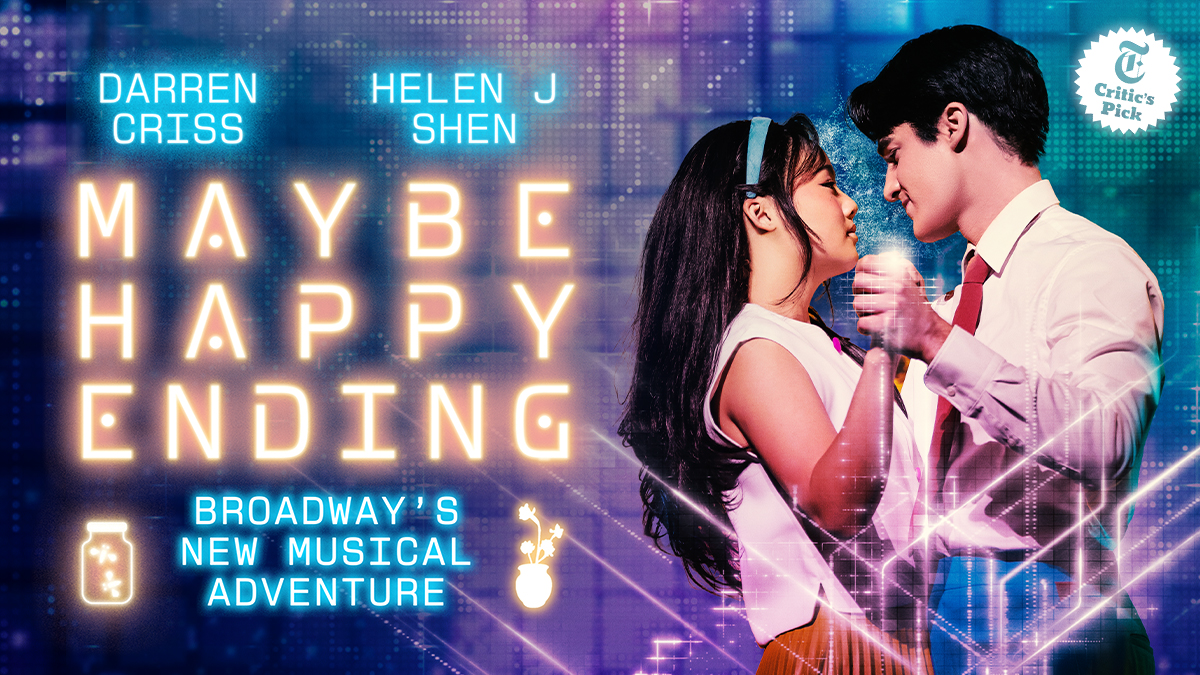By Brooke Ferber
Several years ago, I saw the film August Rush. Detailing the life of a musical prodigy, the film introduced me to the idea that music exists in all places at all times, simply if one listens. I thoroughly enjoyed that interpretation, began to listen more, and discovered a more musical, exciting world.
I am fond of the notion that visual art, just like music, is everywhere: in nature, in food, and in less than conventional settings. Nearly every day, as I scroll through a seemingly endless stream of Instagram photographs, I feel that South students explore diverse, unexpected sources of art.
My peers find beautiful, nuanced details in everything from droplets of rain to biology notes. But the practice of deriving aesthetic appeal from unorthodox subjects is not limited to South students: Pop artist Andy Warhol achieved fame through his depiction of Campbell Soup cans while his contemporary Wayne Thiebaud developed a prosperous career painting delicious cakes.
Although I have been tossing around this idea throughout all of high school, I now more fully appreciate the ubiquity of inspiration after visiting the Museum of Modern Art (MoMA) this past weekend. The MoMA possesses a stellar collection of sculptures in its very own Abby Aldrich Rockefeller Sculpture Garden.
My favorite sculpture, Isa Genzken’s Rose II, towers over me at a height of thirty-six feet. I love the way the sculpture seems to stem from natural, conventionally beautiful roots, yet when sculpted to such a ridiculous altitude, the rose and its stature cast a shadow of situational irony. To that effect, Genzken’s true inspiration in the design of his sculpture may be derived from a structure as seemingly non-artistic and traditional as a skyscraper.
Observing Rose II, I considered artists inspired by the unconventional materials with which they worked. I reflected on the MoMA’s recent exhibit “Picasso Sculpture,” which highlights Pablo Picasso’s use of atypical objects to construct his crafts. In Bull’s Head, Picasso assembles a bicycle saddle and handlebars, exemplifying his unorthodox approach to sculpture as well as the omnipresence of artistic inspiration.
This past weekend, I concluded that there truly is art in everything and anything—so long as the viewer’s eyes are open. If professional artists’ examples can cast any message, it is that inspiration is ubiquitous.
Categories:
Brooke’s Vantage Point: Identifying Inspiration in Seemingly Atypical Places
March 15, 2016
Photo taken by Caroline Hong
0








